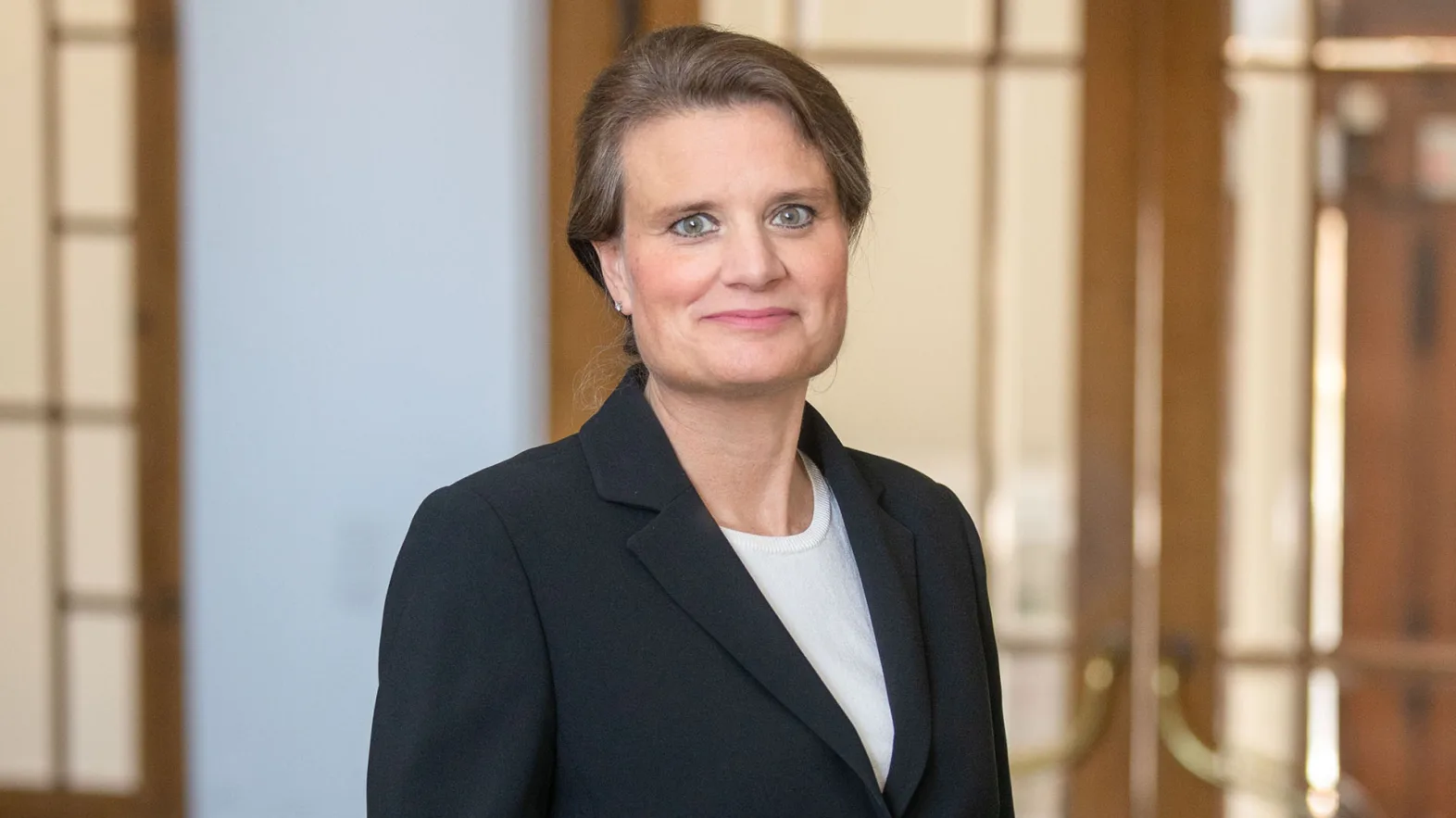Support for international cooperation
Switzerland´s International Strategy on Education, Research and Innovation (2018) formulates the following vision: ‘Switzerland continues to occupy a globally leading position in education, research and innovation.’

Switzerland´s International Strategy on Education, Research and Innovation (2018) formulates the following vision: ‘Switzerland continues to occupy a globally leading position in education, research and innovation. Key factors for implementing this vision include committed and internationally active ERI actors and the required framework conditions as well as financial resources.’ The range of support mechanisms that the Confederation offers to stakeholders is both diverse and complementary. And as needs evolve, these mechanisms are expanded and scaled up.
At the multilateral level, Switzerland's full membership in research organisations is an important asset. Swiss researchers are able to conduct experiments in their respective fields at CERN and the European Southern Observatory (ESO), both of which have unique infrastructures that are jointly supported by member states. In turn, the interests of Swiss science and industry in the space sector are largely covered by programmes run by the European Space Agency (ESA), where the Confederation makes significant contributions in line with its own space policy. In addition, Swiss researchers from higher education institutions, SMEs and industries can take part in various aspects of EU framework programmes for research and innovation, even though Switzerland has so far only been treated as a non-associated third country in Horizon Europe. Regardless of participation status, the Confederation provides financial support to facilitate the involvement of Swiss research and innovation actors.
Another more recent development favouring international research cooperation is expressed in a rather short abbreviation: ERIC, which stands for European Research Infrastructure Consortium. The EU introduced this special legal status in order to simplify the creation of international research infrastructure networks. Until now, Switzerland held only observer status in a number of these ERICs. This year, however, Switzerland has become a new member of six ERICs, whose national nodes can be found at higher education institutions and non-commercial research institutes. These ERICs cover a range of fields, from the humanities and social sciences to biology and medicine.
At the end of September of this year, a new high-profile location was added to Switzerland's global network for education, research and innovation (Swissnex). Among the various smaller and larger points spanning all continents on the map of Swissnex locations, we now find the Japanese city of Osaka. The smaller dots on this map represent around twenty science sections or science councillors at Swiss embassies from Canberra to Ottawa and from Brasilia to Copenhagen. The larger dots represent the six main Swissnex locations, with 'Swissnex in Japan' in Osaka, on the island of Honshu, now one of them.
Swissnex is responsible for facilitating the international networking activities of ERI stakeholders. It also works to raise the international profile of our higher education and research institutions, start-ups and other innovation-driven partner organisations. Finally, Swissnex seeks to foster information-sharing to inspire new ideas. There are many good reasons for intensification of these efforts in Osaka as well.


